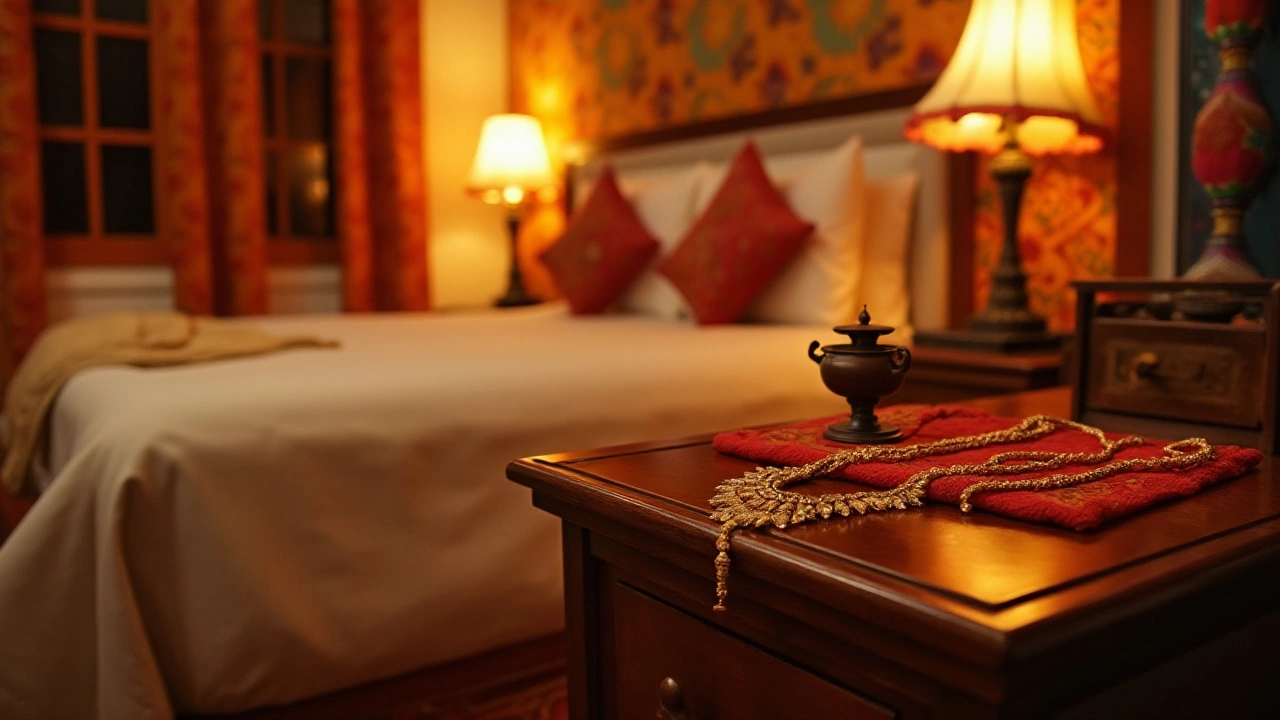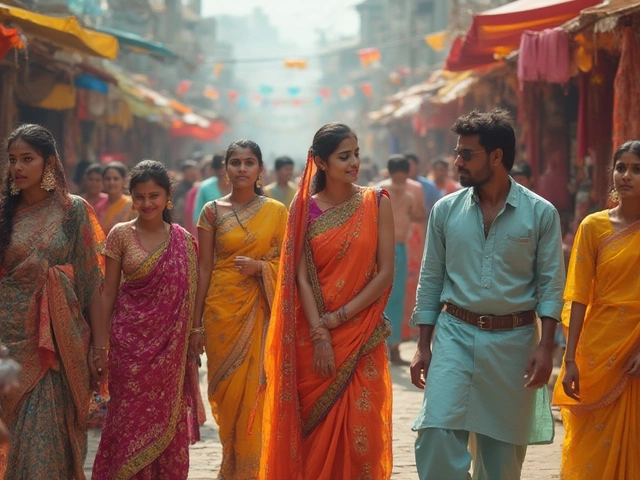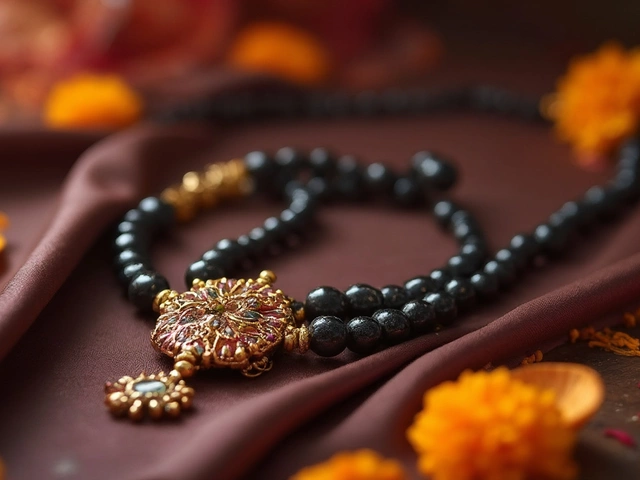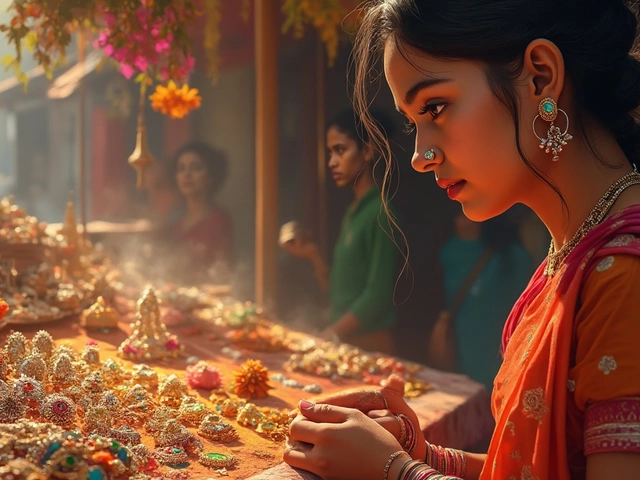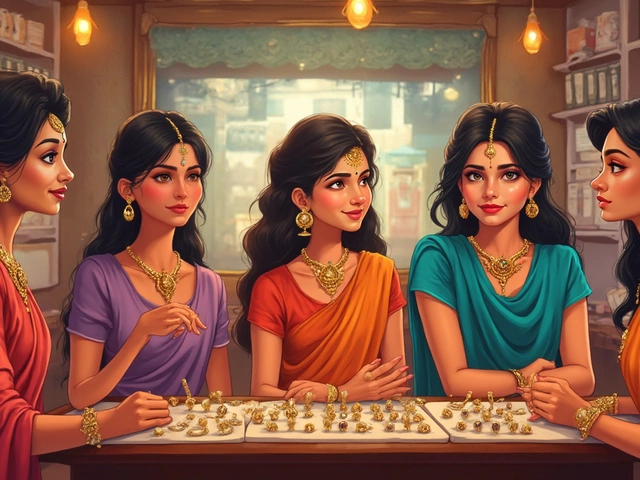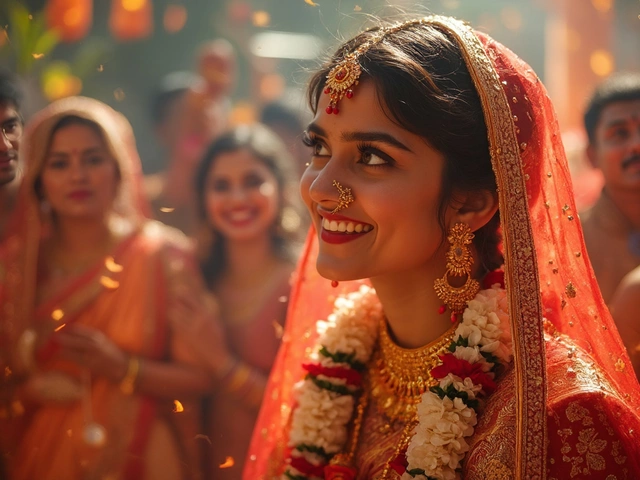Marriage Customs in India – What Every Couple Should Know
Planning an Indian wedding can feel like juggling a thousand traditions at once. From the colors you wear to the jewelry you choose, each detail has a story. Let’s break down the most common customs so you can enjoy the ceremony without the stress.
The Role of Wedding Jewelry
Jewelry isn’t just decoration; it’s a symbol of love, protection, and family heritage. The mangalsutra is the centerpiece – a gold or gold‑plated necklace that binds the couple’s vows. When picking one, think about the chain length, pendant style, and whether you want black beads, which many believe ward off negative energy. If you’re not into black beads, plain gold designs work just as well.
Another must‑have is the black bangles. Traditionally worn by married women, they represent strength and resilience. Modern designs blend classic black with glitter or enamel for a fresh look. If you prefer a pop of color, consider matching them with a bright sari or lehenga; the contrast makes the bangles stand out.
Don’t forget the nose stud or pin. In many regions, a tiny nose ring is a rite of passage for brides. It can be a simple gold stud or a tiny gemstone that matches your necklace. Choose a style that fits your face shape – a round stud suits most, while a hook works well with longer noses.
Dress Code and Fabric Choices
Clothing choices vary by region but some rules apply everywhere. Light, breathable fabrics like cotton or bamboo keep you comfortable during long ceremonies, especially in hot climates. For a more formal look, silk and pashmina are popular despite being pricey; they add a regal feel and drape beautifully.
If you’re attending a pre‑wedding function, a bright-colored saree or a kurta‑pajama set works well. Remember that certain colors, like red, symbolize prosperity and are often reserved for the bride. As a guest, you can opt for pastel shades or jewel tones that complement the bride’s attire without stealing the spotlight.
When you’re picking accessories, think about color pairing. Gold jewelry looks stunning against navy, emerald, or deep burgundy. If you’re wearing a silver set, pair it with cool blues or greys. Simple rules like these help you look coordinated without overthinking.
Finally, respect the timing of traditions. Many families follow the lunar calendar to decide the most auspicious day for the wedding. Buying gold during the “best month” (usually around October–December) can also save you money, according to market trends.With these basics – mangalsutra choices, bangles, nose pins, fabric, and color coordination – you’re ready to enjoy the festivities. Embrace the customs, add your personal touch, and let the celebration shine.
Understanding Mangalsutra Traditions: Should You Remove It During Sleep?
In many South Asian cultures, the mangalsutra is not just a piece of jewelry; it holds deep cultural and spiritual significance. This article explores whether it is advisable to remove the mangalsutra while sleeping, balancing tradition with personal comfort. Learn about the symbolic importance of the mangalsutra in marital life and get practical tips for maintaining it. Discover the blend of age-old customs and modern practices as married women navigate these cherished traditions today.
